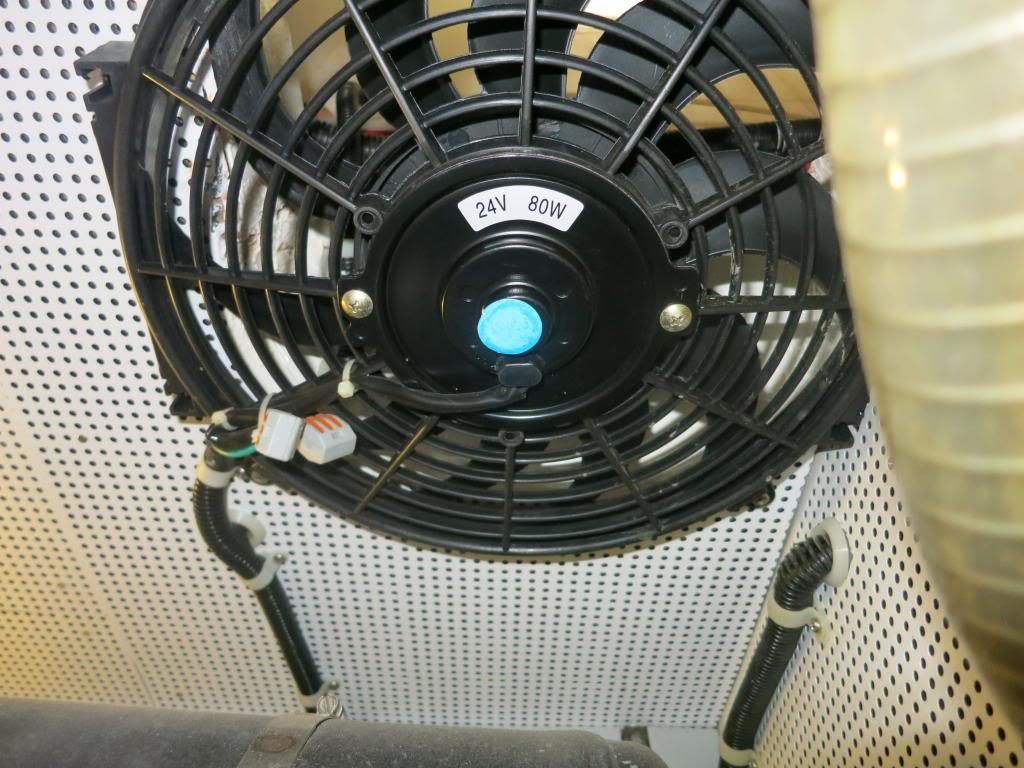...... A fellow berther told me the liveaboard thought I was "showing off" when making a prolonged signal while approaching the breakwater at the marina's exit/entrance. He said he told her it was a required signal..
That's another of the "rules" that's commonly ignored by recreational boaters. If I were to use a horn signal when leaving my slip, everyone would think I was just showing off. Anyone sleeping on their boat as I'm leaving about daybreak would think worse.
Fortunately, from my flybridge I can see if anyone is coming or going.
I don't think I've heard these horn signals in transient marinas I've visited either.



